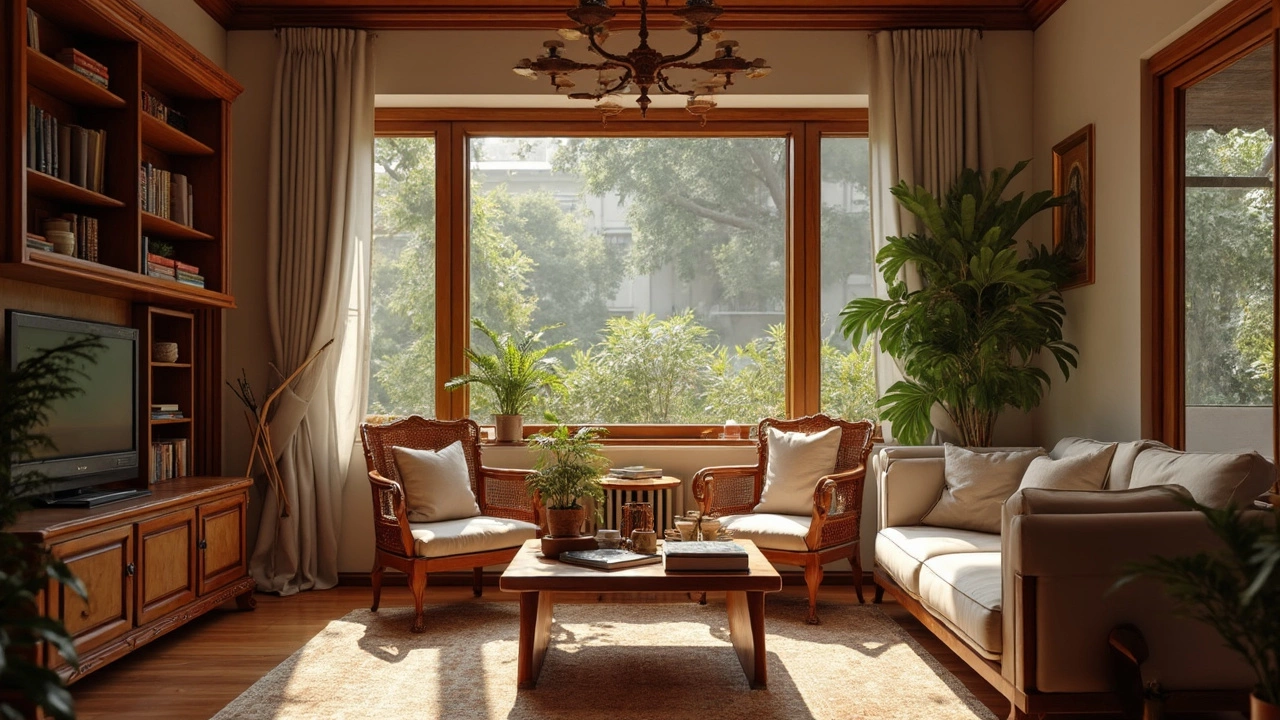Furniture Lifespan: How Long Your Sofa, Tables and More Should Last
Ever wonder why that coffee table looks brand‑new after five years while the couch starts sagging in two? The truth is, not all furniture ages the same way. Understanding what drives wear and tear helps you pick pieces that hold up and keep the ones you love looking fresh longer.
A furniture’s lifespan is mainly set by three things: the materials it’s made from, how it’s built, and how you treat it. Cheap plywood, flimsy frames, and low‑grade fabric will quit early. Solid hardwood, sturdy metal frames and quality upholstery can last decades when cared for right.
Environment also plays a big role. Sunlight, humidity, and temperature swings can fade colors, warp wood, or weaken glue. A sofa in a sun‑lit living room ages faster than one tucked away in a cooler corner. Same goes for outdoor garden sets that get drenched often.
Usage patterns matter too. Heavy foot traffic, pet claws, or constant moving will wear pieces quicker. A coffee table that doubles as a kid’s play area or a couch that hosts nightly movie marathons needs more robust construction than a decorative accent piece.
Top Materials and Their Expected Lifespan
Hardwood tables (like oak, walnut or maple) typically last 20‑30 years, sometimes longer if you avoid water spills and keep them sealed. Softwoods such as pine may start showing dents after 10‑15 years.
Metal frames (steel or aluminum) are virtually indestructible—they can survive 30+ years unless they rust. A powder‑coated finish protects against moisture, so check the coating regularly.
Upholstery fabrics differ widely. Synthetic blends (polyester, nylon) hold up 8‑10 years, while natural fibers (cotton, linen) may wear out in 5‑7 years if exposed to spills. Leather, when conditioned, can look good for 15‑20 years, but it needs regular care.
Wicker and rattan offer a breezy look but are vulnerable to moisture. In dry indoor spaces they can survive a decade; outdoors they need a weather‑proof cover or they'll break down in 3‑5 years.
Practical Tips to Stretch Your Furniture’s Life
Rotate cushions and flip sofas every few months. This spreads the pressure evenly and prevents permanent sagging—something we cover in our ‘Sofas That Don’t Sag’ guide.
Use coasters, placemats and a protective rug under coffee tables. Simple pads stop scratches and keep wood from absorbing moisture.
Keep sunlight away from fabrics. Window‑film or sheer curtains cut UV rays, preserving color and preventing leather from drying out.
Regular cleaning matters. Vacuum upholstery to remove dust that can grind fabric, and wipe wood with a damp cloth followed by a dry polish. For leather, a quick wipe with a pH‑balanced cleaner and a light conditioner does the trick.
When storing furniture, avoid basements with high humidity. Use breathable covers, store pieces upright, and keep them off concrete floors with pallets. Our ‘Can Furniture Be Damaged in Storage?’ article explains why this matters.
Finally, invest in quality pieces where it counts—sofas, dining tables and bedroom sets. A higher upfront cost often means stronger joints, better wood, and longer warranties, saving you money in the long run.
Knowing how long different furniture should last and what you can do to extend that timeline makes buying and caring for pieces a lot less guesswork. Browse our tag for more tips on sofa durability, coffee‑table care, and storage tricks to keep your home looking fresh.
Longest Lasting Furniture Brands: What Really Endures?
This article digs into which furniture brands actually stand the test of time and why. Get straight facts on how to spot furniture that lasts decades, not just a couple of years. Discover real tips to judge quality beyond flashy showrooms. You'll find practical advice, interesting stories from users, and little-known insights that can help save you a fortune. Shopping smart means knowing what really endures.





